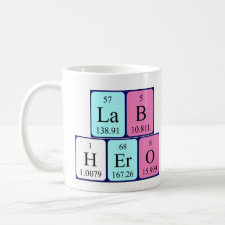
Authors: Levi L, Srebnik S
Article Title: Simulation of Protein-Imprinted Polymers. 2. Imprinting Efficiency.
Publication date: 2010
Journal: Journal of Physical Chemistry B
Volume: 114
Issue: (50)
Page numbers: 16744-16751.
DOI: 10.1021/jp108762t
Abstract: Molecular imprinting allows the creation of artificial recognition sites in synthetic materials through polymerization and cross-linking in the presence of template molecules. Removal of the templates leaves cavities that are complementary to the template molecules in size, shape, and functionality. Although this technique is effective when targeting small molecules, attempts to extend it to larger templates, such as proteins, have failed to show similar success. Here we present the second report on our model simulation study of protein imprinting, in which we apply on-lattice Monte Carlo simulations for an imprinting process using radical polymerization of hydrogels as a simple model for potein-imprinted polymers (PIPs). In this part we focus on two gel types: PIPs and templated polymers (TPs), which are polymerized in the presence of charged and neutral proteins, respectively. We calculate the imprinting factor (IF) for gels formed at various conditions and compare it for both gel types. Our results show a significantly higher IF for PIPs, and though the strongest influence on IF is found to be the monomer concentration (+ª), charge concentrations on the protein and in solution also affect IF. The percolation limit of protein-sized pores is found to be a significant turning point for the effect of concentration of functional sites within the gels on IF



Join the Society for Molecular Imprinting

New items RSS feed
Sign-up for e-mail updates:
Choose between receiving an occasional newsletter or more frequent e-mail alerts.
Click here to go to the sign-up page.
Is your name elemental or peptidic? Enter your name and find out by clicking either of the buttons below!
Other products you may like:
 MIPdatabase
MIPdatabase









